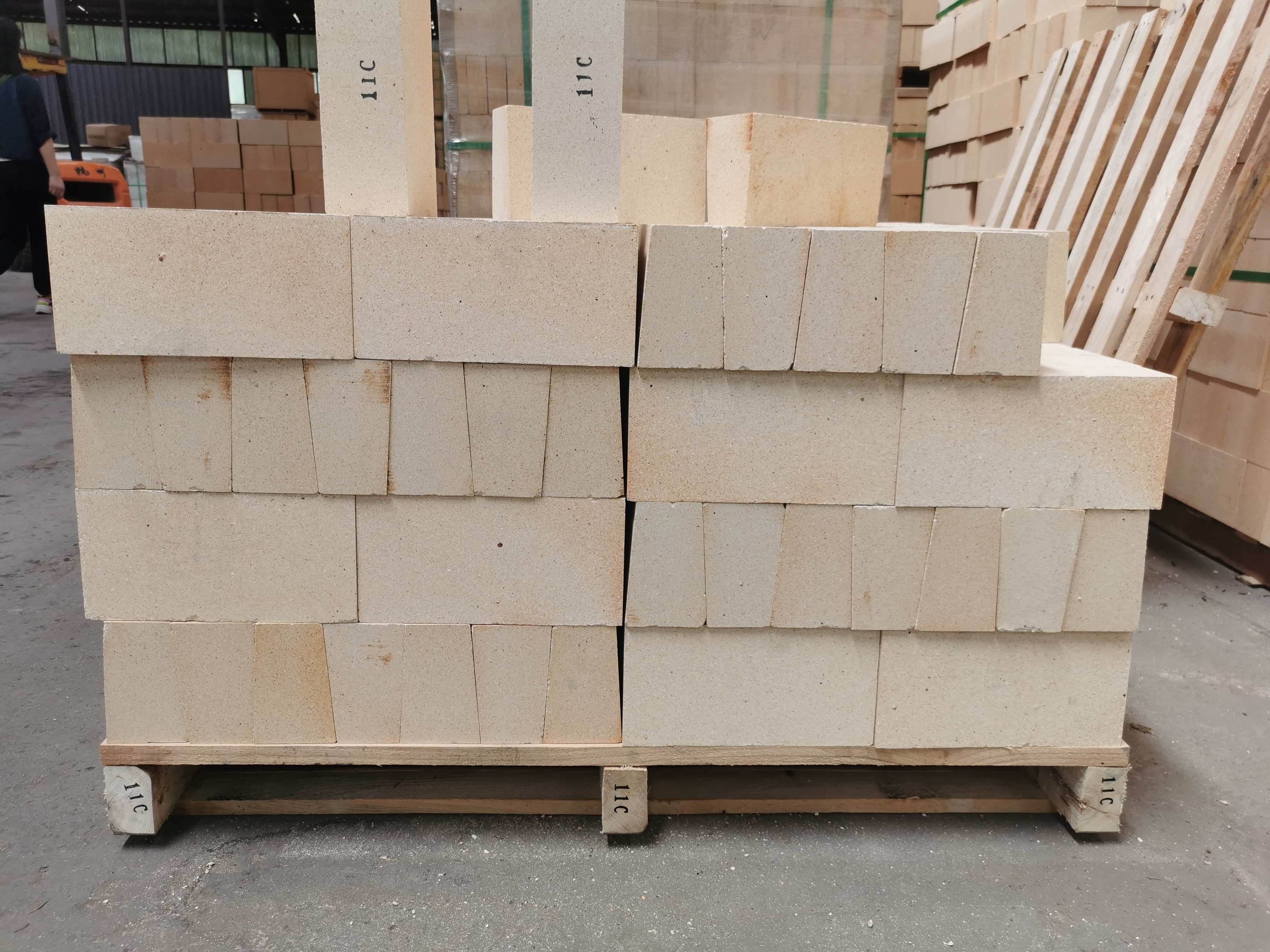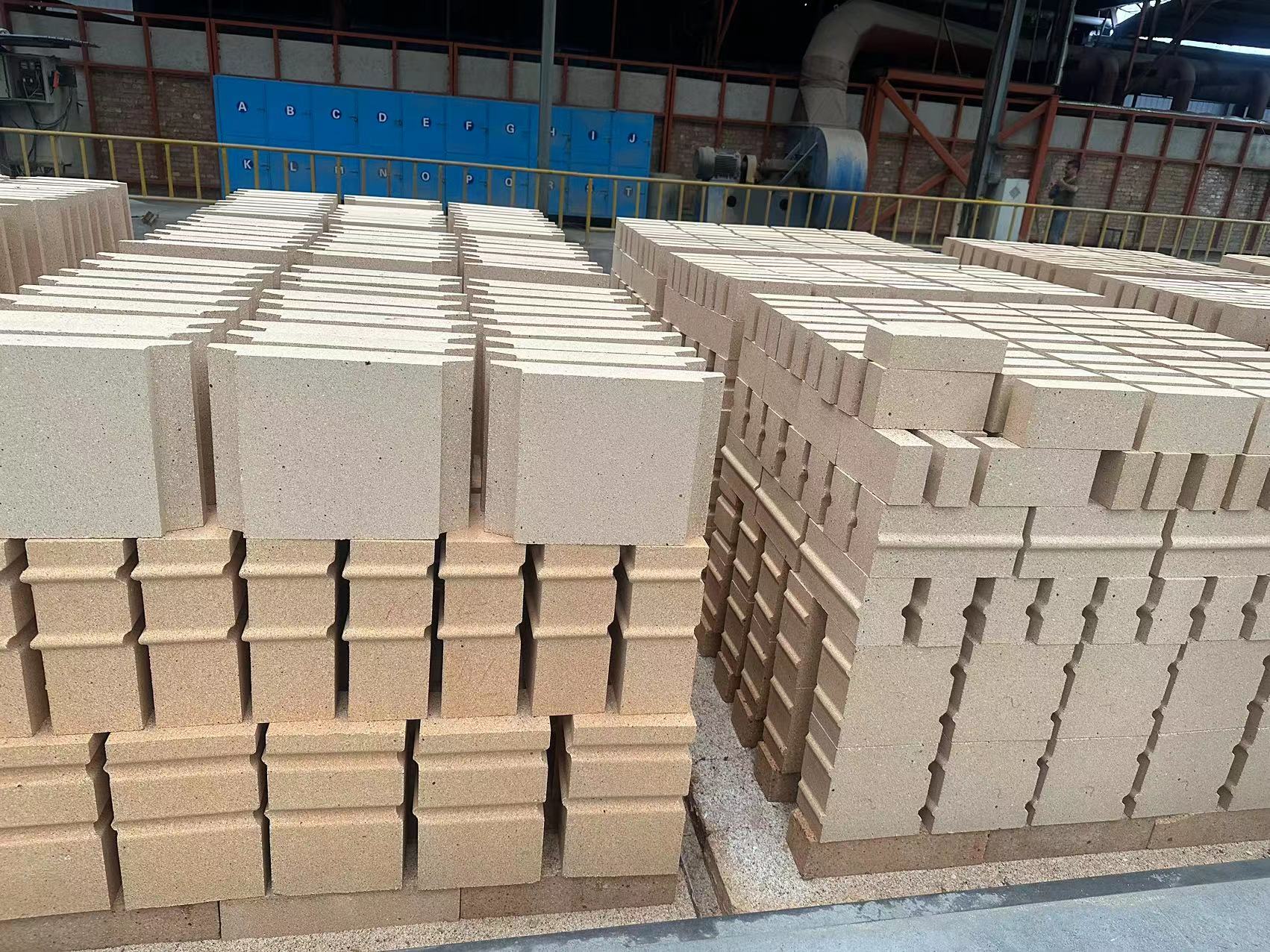Refractory Bricks for High-Temperature Industrial Applications
Refractory bricks are essential components in high-temperature industrial systems, designed to resist intense heat, mechanical stress, and chemical corrosion. In steelmaking, non-ferrous metallurgy, cement kilns, petrochemical reactors, and glass furnaces, refractory bricks form the primary barrier between extreme operating conditions and the structural shell of the equipment. Their stability under thermal cycling makes them a critical factor in maintaining operational reliability.
Composition and Material Options
Refractory bricks are manufactured using carefully selected raw materials such as high-alumina bauxite, magnesia, silica, and zirconia. Each type offers a unique balance of performance characteristics:
High Alumina Refractory Bricks: Suitable for applications that demand both mechanical strength and resistance to acidic slags or chemical attack.
Magnesia Refractory Bricks: Chosen for basic slag resistance and durability in steelmaking and cement production.
Zirconia-Based Refractory Bricks: Applied where exceptional thermal stability at extreme temperatures is required.
Through precise particle size grading and controlled firing, refractory bricks can achieve low porosity, high bulk density, and strong load-bearing capacity.

Manufacturing Process
The production of refractory bricks involves multiple stages, each influencing final performance. Raw materials are crushed, blended according to batch recipes, and formed using high-pressure presses. The shaped bricks undergo a controlled drying phase before entering high-temperature kilns, where firing curves are closely monitored to achieve uniform sintering. Advanced facilities employ:
Automated Pressing Systems for consistent density and dimensional accuracy.
Kiln Temperature Zoning to minimize internal stresses during firing.
In-Line Quality Control to ensure refractory bricks meet physical, chemical, and dimensional specifications.
Application in Industrial Furnaces
In large industrial furnaces, different zones require specific types of refractory bricks to optimize performance. The slag line in a steel ladle may be lined with magnesia-carbon refractory bricks for enhanced slag resistance, while the roof and sidewalls may use high-alumina refractory bricks to manage thermal loads. Rotary cement kilns use dense refractory bricks in the burning zone for mechanical strength, combined with lightweight insulating refractory bricks in preheating zones to improve energy efficiency.

Performance Factors and Maintenance
The service life of refractory bricks depends on factors such as thermal shock resistance, chemical compatibility, and mechanical wear. Operating conditions vary across industries, so selecting the right refractory bricks for each zone can reduce maintenance downtime and optimize production schedules. Regular inspection of refractory bricks helps detect early signs of wear, such as spalling or chemical infiltration, allowing for targeted repairs without full relining.
Customization and Technical Support
Leading suppliers of refractory bricks provide tailored solutions based on specific furnace designs and operating conditions. This customization may include adjusting raw material composition, modifying brick shapes for non-standard linings, or developing multi-layer systems that combine dense refractory bricks with insulating layers. Technical teams often work alongside plant engineers to analyze operating data, select appropriate materials, and schedule maintenance intervals to maximize refractory performance.
Inquiry Now
Please leave your e-mail and we will contact you as soon as possible
contact us
Your satisfaction is our top priority. Whether you have questions, need support, or want to share feedback, our dedicated team is ready to assist you every step of the way.